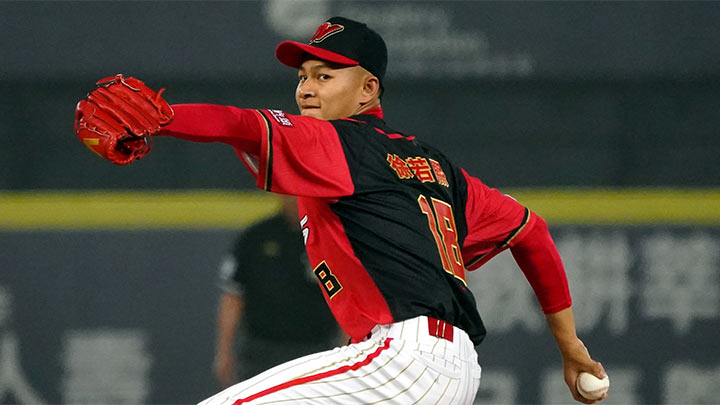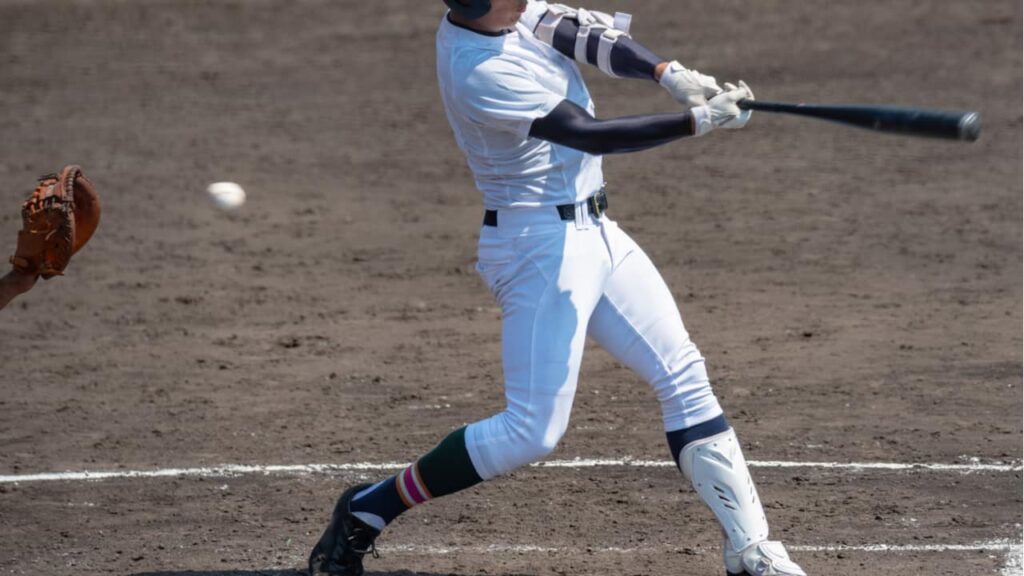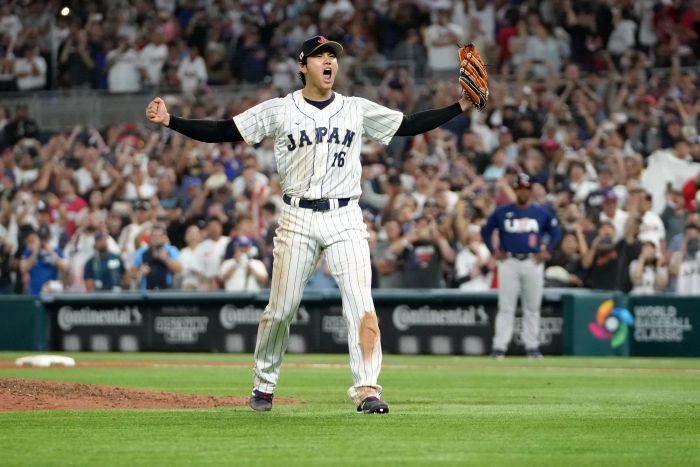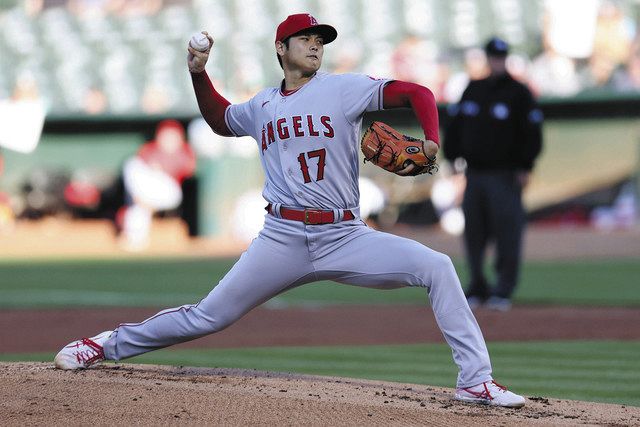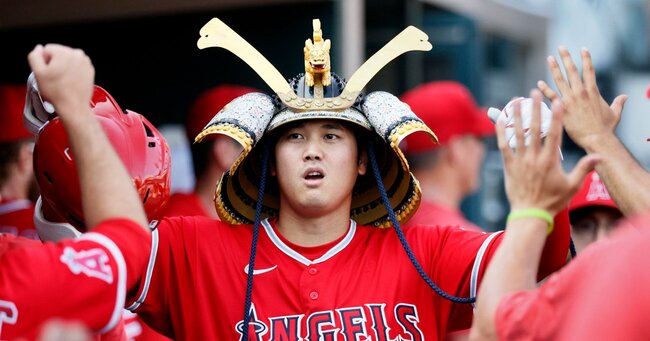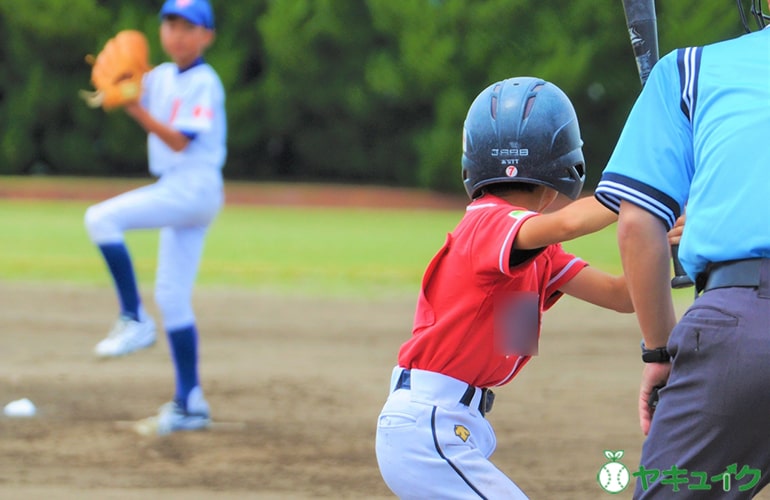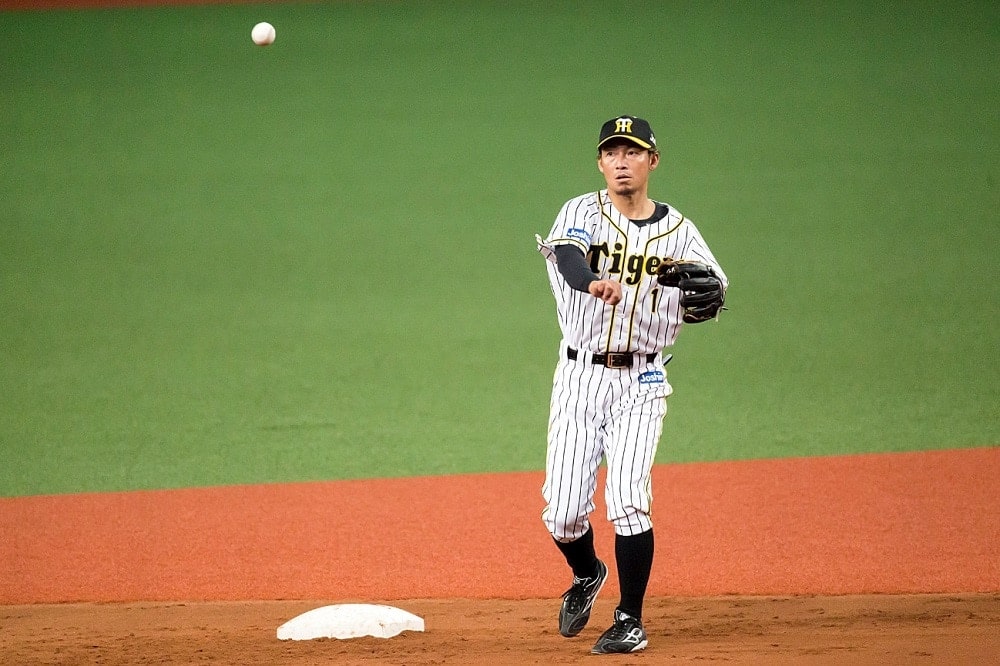
In baseball, the second baseman is one of the most important defensive positions on the team.
For many baseball fans and players, knowing about the role and importance of the second baseman is essential to gaining a deeper understanding of the game.
The second baseman covers the area around second base, which is the center of the infield, and is a position that requires quick judgment and high skill.
In this article, we will take a detailed look at the basic position and role of the second baseman, its history, required skills, training methods, tactics, famous players, and future prospects.
From beginners who have just started playing baseball to experienced players who want to take their game to the next level, we provide information to help players re-examine the importance of the second baseman and aim for a higher level of play.
Let’s start by looking at the basic position and role of the second baseman.
目次
- 1 Basic positions and roles of second baseman
- 2 The history and evolution of the second
- 3 Required skills and characteristics for a second baseman
- 4 Second training methods and practice menus
- 5 Second Tactics and Strategies
- 6 Famous second basemen and their playing styles
- 7 Second’s future outlook and expectations for the next generation
Basic positions and roles of second baseman
In baseball, the second baseman, commonly known as second baseman, is one of the most important positions in the infield.
The second baseman’s role is diverse, and he contributes to the team’s victory as a key player in defense.
Here we will explain in detail the position and defensive range of second base, as well as basic defensive movements.
Second base position and defensive range
The second baseman is positioned to the right of second base, toward the center of the infield.
His defensive range is very wide, covering the area of the infield between second base and first base.
They also work with the shortstop to cover second base and handle double plays.
The second baseman’s positioning is often fine-tuned depending on the game situation and the characteristics of the opposing batter.
In order to expand your defensive range, you need agile movements and high reaction speed.
The second baseman moves quickly from side to side to catch ground balls and makes outs by making diving catches or jumping throws.
In particular, the defensive range around second base is wide, so defensive movement to the left and right is important.
Basic defensive movements for second baseman
The second baseman has some basic defensive moves.
By mastering these movements, you will be able to respond to various situations during a match.
-
Handling ground balls: The most basic defensive movement for a second baseman is to handle ground balls. When a batted ball comes flying, he quickly gets into position and catches it accurately with his glove. Handling a ground ball requires the skill to catch the ball in the center of the glove while maintaining a basic posture.
-
Throwing: Throwing the ball accurately to the first baseman is also an important role. The second baseman needs the shoulder strength and throwing technique to be able to throw quickly and accurately. Quick throwing is especially important when attempting a double play.
-
Handling a double play: A double play is one of the second baseman’s most important responsibilities. He must work with the shortstop to ensure a force out at second base and then quickly throw the ball to first base. This action requires quick reactions and accurate throwing. Communication during the game and instantaneous decision-making are essential to successfully execute a double play.
-
Catching flies: The second baseman is also responsible for catching infield flies and shallow outfield flies. Cooperation with the outfielders is particularly important, and they need to be aware of each other’s defensive ranges and make sure to get the out. Catching flies requires speed and catching technique.
-
Base Coverage: After the pitcher throws the ball, the second baseman may cover second base. He receives the ball from the catcher and aims to quickly tag out the runner who is trying to steal. Covering the base requires quick movement and accurate touching technique.
By mastering these basic defensive moves, second basemen can respond to various situations during a game and improve their team’s defensive strength.
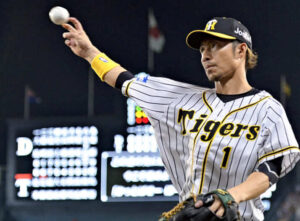
The history and evolution of the second
The second base position has always played an important role in baseball history.
Understanding the origins and evolution of the second baseman and his changing role in modern baseball will give you a deeper understanding of the position.
Origin and history of the second position
In the early days of baseball, defensive position roles were not as clearly defined as they are today.
As rules and tactics were refined in the late 19th and early 20th centuries, the position of second baseman was established.
The second baseman is responsible for playing defense mainly around second base, and has come to occupy an important part of the infield.
Originally, the second baseman’s role was primarily to field ground balls and make throws to first base.
However, gradually they were expected to take on a wider range of roles, such as handling double plays to get the batter-runner out at second base and covering the bases to prevent stolen bases.
This led to the second position evolving into one that required highly technical skills.
The changing role of the second baseman and its importance in modern baseball
The role of the second baseman has changed significantly as baseball has evolved.
In the early days of baseball, hitting tended to be emphasized over defense, but as defense became more important, second basemen were expected to have advanced defensive skills.
In the mid-20th century, the second baseman’s role evolved further, becoming a central part of the team’s defensive strategy.
During this period, the defensive ability of the second baseman, such as handling double plays and bunt shifts, began to have a major impact on the outcome of the game.
In addition, cooperation with the outfield has become increasingly important, requiring a wide defensive range and agile movements.
In modern baseball, the role of the second baseman has become even more diverse and complex.
With the evolution of data analysis and strategies, second basemen are now required to be more flexible in their defensive positioning and movements.
In particular, with the introduction of the shift, second basemen are increasingly playing in various positions in the infield.
For this reason, tactical understanding is as important as strong defensive ability.
In addition, today’s second basemen are expected to perform at a high level not only defensively but also offensively.
A strong second baseman can be a valuable asset to a team and can influence the flow of the game.
This has given the second position a more versatile and important role.
Understanding the history and evolution of the second position sheds light on the true nature of the position and its importance in modern baseball.

Required skills and characteristics for a second baseman
The second baseman in baseball is a position that requires a lot of skill and characteristics, especially among the infield positions.
Defensive ability, reaction speed, throwing technique, fielding and the ability to handle double plays are key factors.
Here we will explain each skill in detail.
Defense and reaction speed
Second basemen are required to have strong defensive skills, such as the ability to cover a wide area, quick reactions to batted balls, and reliable catching techniques.
In particular, speed of initial reaction to ground balls and liners is important, as this is the deciding factor in getting an out.
Reaction speed is also an important factor. The second baseman must be able to instantly judge the movement of the ball and move quickly in order to work in tandem with the shortstop to protect the area around second base.
In particular, when there are runners on base, even a momentary error in judgment can lead to a score, so high concentration and quick reaction times are required at all times.
Throwing Technique and Accuracy
The second baseman needs to be able to make accurate throws to the first baseman, shortstop and even the catcher.
Throwing technique refers to the ability to throw the ball quickly and accurately.
This includes not only shoulder strength but also technical aspects such as release point and arm swing.
Accuracy is also very important. No matter how hard you throw, if you can’t throw it to the right spot, you won’t get an out.
In particular, when attempting a double play, the accuracy of the throw from second base to first base can sometimes make the difference between winning and losing.
The key to success as a second baseman is to improve your throwing accuracy through daily practice.
Fielding and handling double plays
Fielding refers to the ability to handle batted balls such as grounders, flies, and liners.
The second baseman needs to be flexible enough to handle a variety of batted balls.
Basic fielding techniques include proper positioning for the ball, using the glove, and quick catching movements.
Handling double plays is one of the second baseman’s important responsibilities.
A double play is when both the batter and the runner are out at the same time.
The second baseman receives the throw from the shortstop or third baseman and quickly throws it to first base to complete a double play.
Fast reactions and accurate throwing are essential here.
Dealing with a double play requires highly skilled teamwork.
The second baseman must smoothly perform the series of actions required to receive the ball, step on second base, and then quickly throw the ball to first base.
To achieve this, communication during games and daily practice are essential.
A second baseman is expected to have a good balance of these skills and attributes.
Improving your defense, reaction time, throwing technique, fielding and ability to handle double plays will improve your performance in games and help your team win.
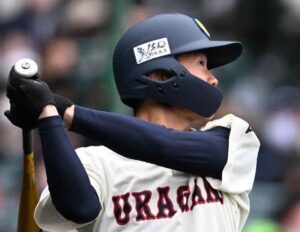
In order to improve your skills as a second baseman, proper training methods and practice menus are important.
By incorporating a wide range of training sessions, such as defensive practice, fielding drills, throwing and catching practice, and training to improve reaction speed, you can improve your overall defensive ability.
Basic defensive and fielding drills
Basic defensive training begins with a focus on fielding ground balls. The second baseman repeatedly practices moving left and right to catch ground balls and throw them to first base.
This allows you to develop quick initial reaction to the ball and accurate throwing technique.
The Fielding Drill menu has the following options:
-
Short Grounder Practice: Practice catching a grounder that is hit a short distance and throwing it to first base. This will help you develop quick reactions and accurate throwing skills over a short distance.
-
Long grounder practice: Practice catching grounders hit at a long distance and throwing them far away. This builds up the physical strength and throwing ability required to handle balls hit at long distances.
-
Backhand catch: Practice catching a ground ball hit to the right side with your backhand and throwing it to first base. This will improve your backhand fielding skills.
-
Double play practice: In order to strengthen cooperation with the shortstop, we will repeatedly practice how to handle a double play. We aim to make a smooth touch at second base and a smooth throw to first base.
Throwing and catching practice
Throwing and catching are important skills for a second baseman.
Through these drills, you will develop accurate, powerful throwing and reliable catching.
-
Throwing practice: Practice throwing accurately and powerfully to the first baseman or catcher. Throwing from various distances and angles is repeated to develop accuracy and power.
-
Catching practice: Practice to reliably catch ground balls, flies, and liners. In particular, practice various situations to handle difficult hit balls. This will improve your catching ability in real games.
-
Touch play practice: Practice quickly tagging out runners who are trying to steal bases. This practice improves the technique of catching the ball thrown by the catcher accurately and making a quick touch.
Training to improve reaction speed
Training to improve reaction time is very important for a second baseman.
Developing the ability to react quickly to batted balls during a game can greatly improve your defensive ability.
-
Reaction drill: Practice reacting instantly to and catching balls hit randomly by a coach or machine. This will train your reaction speed in a situation close to a real game.
-
Speed Training: Speed training such as sprints and ladder drills will improve your explosive power and foot speed, which will improve your initial reaction time to the ball.
-
Visual training: By training your eye movements, you can improve your ability to instantly grasp the trajectory of the ball. By incorporating visual training to follow the ball, you can improve your reaction time.
By incorporating these training methods and practice menus, you can improve your overall defensive ability as a second baseman.
With the latest information, you will be able to adopt more effective training methods and make a greater contribution to your team’s fighting power.

Second Tactics and Strategies
As the key defensive player, the second baseman uses a variety of tactics and strategies to contribute to his team’s victory.
Here we will go into detail about double play tactics and practice, how to utilize defensive shifts, and how the second baseman should position himself and move during the game.
Double play tactics and practice
Double plays are one of the second baseman’s important roles and can greatly change the flow of the game.
There are several tactics and practices that can be used to make a double play successful.
-
Mastering the basic movements: The first step is to master the basic movements of a double play. Repeatedly practice the movement of stepping on second base and quickly throwing the ball to first base. This requires smooth catch and throw techniques.
-
Cooperation with the shortstop: Cooperation with the shortstop is essential to a successful double play. After a force out at second base, in order to quickly throw to first base, it is necessary to accurately receive the throw from the shortstop. We place emphasis on communication and strengthen cooperative play.
-
Situational judgement: It is also important to judge whether to attempt a double play. Depending on the speed of the runner, the strength of the hit ball, and the situation of the game, you must instantly decide whether to get the out for sure or to aim for a double play. Calm judgment is required during the game.
Defensive shifts and how to use them
A defensive shift is a tactic in which a player changes his defensive position depending on the opposing batter’s batting tendencies.
The second baseman will also play a key role as part of this shift.
-
Analysis of batting tendency: Analyze the batting tendency of the opposing batter from data and create the optimal defensive shift. If there are more right-handed batters, the second baseman will generally shift closer to first base, and if there are more left-handed batters, he will generally shift closer to second base.
-
Flexible Positioning: Because defensive shifts change frequently during a game, the second baseman must be flexible in his position. He will quickly adjust his position based on instructions from the coach or catcher.
-
Shift practice: When practicing a shift, cooperation with other infielders is also important. In particular, communicate closely with the shortstop and first baseman to cover the defensive range. If the ball comes flying as predicted due to the shift, prepare to respond quickly.
Second baseman positioning and movement during the game
The second baseman’s positioning and movements are directly related to defensive success.
By learning proper positioning and quick movements, you can maximize your defensive potential.
-
Positioning for each batter: We adjust the position of the second baseman based on the hitting tendency of each batter. For example, we position the second baseman closer to first base for pull hitters and closer to second base for batters who hit in the opposite direction. This allows for faster initial reaction to the ball and a wider defensive range.
-
Understanding the game situation: Depending on the game situation, you can flexibly change your defensive position. Take the optimal position by considering the presence or absence of runners, the out count, the score, etc. You are required to read the flow of the game and take the appropriate position.
-
Fundamentals of movement: There are basics of how to move during a game. In order to move quickly in the right direction the moment the ball comes flying, it is important to always keep your body low and stabilize your center of gravity. Also, you can expand your defensive range by moving diagonally rather than in a straight line toward the ball.
-
Positioning: When there is a runner on base, the second baseman also prepares to cover the base. In particular, to prevent a steal to second base, he positions himself closer to second base and prepares to receive the ball from the catcher. A wide defensive range and accurate movements are required.
By utilizing these tactics and strategies, a second baseman can greatly improve his team’s defensive effectiveness.
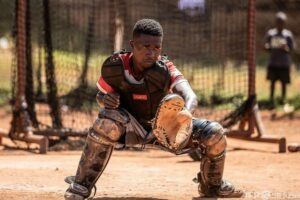
Famous second basemen and their playing styles
There have been many great second basemen in the history of baseball, and their playing styles and achievements are beloved by many fans.
Here we will take a closer look at some of the great second players of the past and the top second players of today.
Great second players of all time
-
Jackie Robinson: Known as the first black player in the major leagues, Jackie Robinson is also famous as a second baseman. His playing style was characterized by speed and aggressive base running, and he also had a high reaction time and strong throwing ability on the defensive side. Robinson set many historical records and had a huge impact on the baseball world.
-
Joe Morgan: Joe Morgan, who played for the Cincinnati Reds in the 1970s, was known for his outstanding technique and intelligence, and was a two-time MVP. Morgan’s playing style was characterized by excellent defense and speed, as well as his high batting ability. In particular, his skillful base running and high success rate in stealing bases made a significant contribution to the team.
-
Roberto Alomar: Roberto Alomar was known as a defensive master and won 10 Gold Glove Awards. His playing style was characterized by excellent fielding skills and accurate throwing, and he had the flexibility to respond to any hit ball. Alomar also had excellent batting performance and was selected to the All-Star team many times.
Introducing the top second-tier players of today
-
Jose Altuve: Houston Astros’ Jose Altuve is the epitome of a modern second baseman. Altuve’s playing style combines overwhelming hitting power and speed, and he has won the Silver Slugger Award multiple times. On the defensive side, he also has excellent reaction time and accurate throwing, making him a central player for the team.
-
DJ LeMahieu: New York Yankees’ DJ LeMahieu is known for his solid defense and strong hitting ability. LeMahieu’s playing style is characterized by consistent hitting performance and the versatility to play any position. He is a multiple Gold Glove Award winner and his defense is considered one of the best in the league.
-
Ozzie Albies: Ozzie Albies of the Atlanta Braves is a young player who has been attracting attention for his high defensive and hitting abilities. Albies’ playing style is characterized by his quick feet, wide defensive range, and dynamic play. He is expected to be a promising second baseman in the future.
These great players have helped evolve the role of the second baseman and increase its importance in each era.
By learning about their playing styles and achievements, we can re-examine the appeal and potential of the second position.
Understanding the characteristics of each player and incorporating them into your own play will be a step towards further growth.

Second’s future outlook and expectations for the next generation
The role of the second baseman has changed as baseball has evolved.
The second baseman of the future will need to have even greater skill and adaptability.
Here we will take a closer look at the future role and prospects of the second position, and what is expected of the next generation of second players.
The future role and prospects of the second position
The second position will continue to play a central role in the defense.
However, with the evolution of modern baseball tactics and data analysis, their role is expected to become even more diverse and complex.
-
Further evolution of defensive shifts: With the evolution of data analysis, detailed analysis of the opposing batter’s hitting tendency and defensive shifts based on that will become increasingly important. Second basemen are required to have flexible positioning and quick reactions to deal with this. The key to practicing defensive shifts is a wide defensive range and accurate positioning.
-
Offensive and defensive performance: In modern baseball, there are more and more second basemen who are required to have not only defensive ability but also hitting power. In the future, players who can perform well on both offense and defense will be valued. In particular, second basemen with hitting power are expected to play an important role in the lineup.
-
Increased versatility: Second basemen will be expected to be more versatile. They will not only play defense, but will also handle bunts, play in relays, cover the bases, and perform a variety of other roles. This will give value to players who can adapt to a variety of situations during a game.
What is required of the next generation of second players?
The next generation of second basemen will need new skill sets and attributes to adapt to modern baseball.
By acquiring these skills, you can expect to be successful in the second position.
-
Advanced defensive skills: In addition to basic fielding and throwing techniques, players are required to have a wide defensive range and quick reaction times. In addition, advanced defensive skills such as handling double plays and covering the bases are required. Continuous practice and practical experience are essential to acquire these skills.
-
Data literacy: In modern baseball, where data analysis plays an important role, the ability to understand and use data is required. You need the ability to analyze the tendencies of opposing batters and your own performance using data and reflect that in your tactics. By making full use of data, you can maximize the effectiveness of defensive shifts and batting strategies.
-
Mental strength: A strong mentality is necessary to overcome the tension and pressure during a match. The next generation of second players are required to have calm judgment and high concentration. Psychological training and mental coaching are effective in cultivating this.
-
Physical training: The second position requires quick movement and endurance. It is important to strengthen your physical condition through strength training and speed training. It is especially important to build up your stamina to fight through a long season.
The next generation of second basemen will be able to succeed in modern baseball if they develop a balanced set of these skills and attributes.
By deepening his skills and knowledge and gaining practical experience, it is expected that he will grow into a player who will lead the second position in the future.
